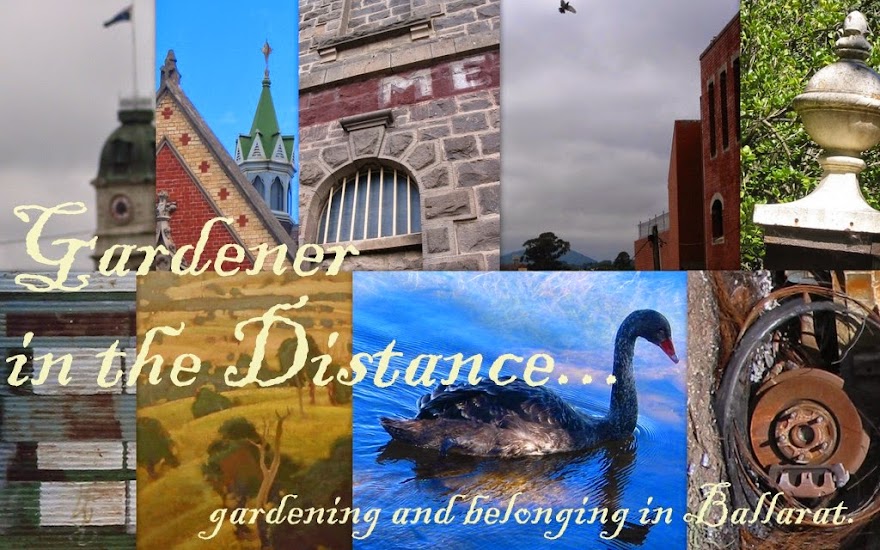Born 14/04/1878 in Munich, the son of a rich banker, E O Hoppe abandoned his banking career in 1907 in London, and opened his portrait studio there. Above is a stream in Ashburnham in Devonshire.
His timing was fortunate, coming as it when much of "Green England" still existed. Above, at Minehead in Somerset, the timelessness is palpable.
"In the Wye Valley, Wales," above, shows a world that still exists here and there, perhaps. But perhaps, too, this world is becoming a memory. Have we gained more than we've lost in our pursuit of an apparently better life?
This, above, is "Ben More, Scotland," a slow-scape where human intervention hasn't overwhelmed its stage.
Above, as if from a fairy tale, "Stoneleigh Abbey, near Leamington, Warwickshire." Will it ever appear so eternal again, what with the propensity we now have to change anything we like in whatever way we will?
It being Easter, this image, in particular, strikes a resonance with me. "The Castle, Edinburgh, Scotland" is haunting and timeless. What would it have been for the cross, or any religious symbol, to play a significant role in our daily life? We do not know any more, and we don't seem to care, that we do not know.
The photographer Hoppe had an impact that outdid that of almost all others. "Rarely in the history of the medium has a photographer been so famous in his own lifetime among the general public." ( Wikipedia, again. ) Above, as if hundreds of years' ago, "Evesham Church, Worcestershire."
...as it was here, in these two spaces ( "Glondalkin, Ireland" and "Carrick-on-Suir, Ireland" ), now vanished. If you'd like to read more about this artist, see www.eohoppe.com




















